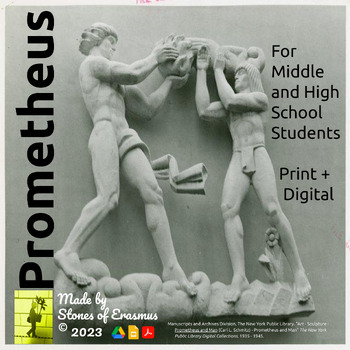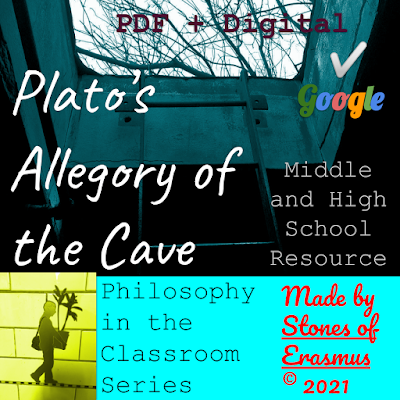 |
| Greig Roselli poses for the one year anniversary of living through Covid-19 in these United States. |
One Year Ago Today
Today is March 12th in the Year of Our Lord Twenty Twenty-One. Last year today, I was in a faculty meeting. “We’re not closing school,” they said. By Sunday, we were in lockdown. And the rest is history.
I feel like I’m living through a historic moment like folks who lived through the Great Depression and hoarded pennies in their mattresses.
What Will Future Generations Say?
Future generations will ask, “What was On the corner of 37th
Avenue and 79th Street
in Jackson Heights, Queens
the Twenty Twentys like?” My friend Amira’s child, who is now ten months old, will want to know what he did during the quarantine. “Mostly eat and sleep,” Mom will say. “But it was a long time before you saw real people besides the doctors who birthed you and us.” And Sam will say, “OK. I survived a global pandemic.”
Recognizing That This is a Deadly Virus
As of today, 532,466 people have died in the United States; and, worldwide over 2.5 million people have perished. I recognize I’m privileged because I’m vaccinated and generally healthy (although I need to lay off the potato chips and ranch dressing). The pandemic has disproportionately hit the most vulnerable of society. I realize I’m in-person with students — so there’s always a risk I can be infected. But think about folks who work essential jobs and live in small apartments where everyone is working, coming into contact with many people. I can slink away to the haven of a more-or-less safe space in my apartment.
I think this global crisis has revealed just how fragile the ties that bind are. I’m grateful for today. I mourn those lost to Covid-19, and I’m hopeful for the future.
How was your Covid-19 lockdown anniversary — and how are you coping? Let me know in the comments. Kristen Ahfeld is a
First Grade Teacher in Queens.
.
.
.
.
.
#covidkindnesswes #covi̇dkindness #covıdkindness #covidkindnesseverydaychallenge #covidkindnessstories #covidkindnessplease #covidkindness🙏 #staysafe #covidkindness🙏🏽 #stayhome #covidkindness💙💛 #covidkindnessneeded #covidkindness❣️ #covidkindnesss #covidkindness🤟🏻🙏🏻❤️ #covidkindness1 #quarantine #covid #covid19 #covidkindnesses #socialdistancing #covidkindnesscookieproject #covidkindnessnailcollab #covidkindness❤️❤️ #love #covidkindnessau #covidkindnesswmbg #covidkindnessuhp #coronavirus #covidkindnessca















.png)





